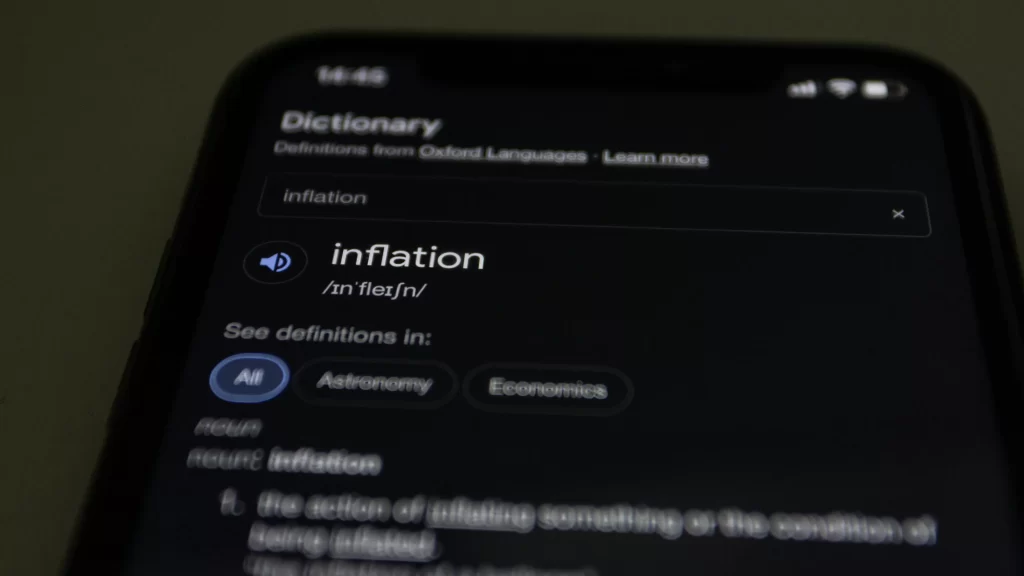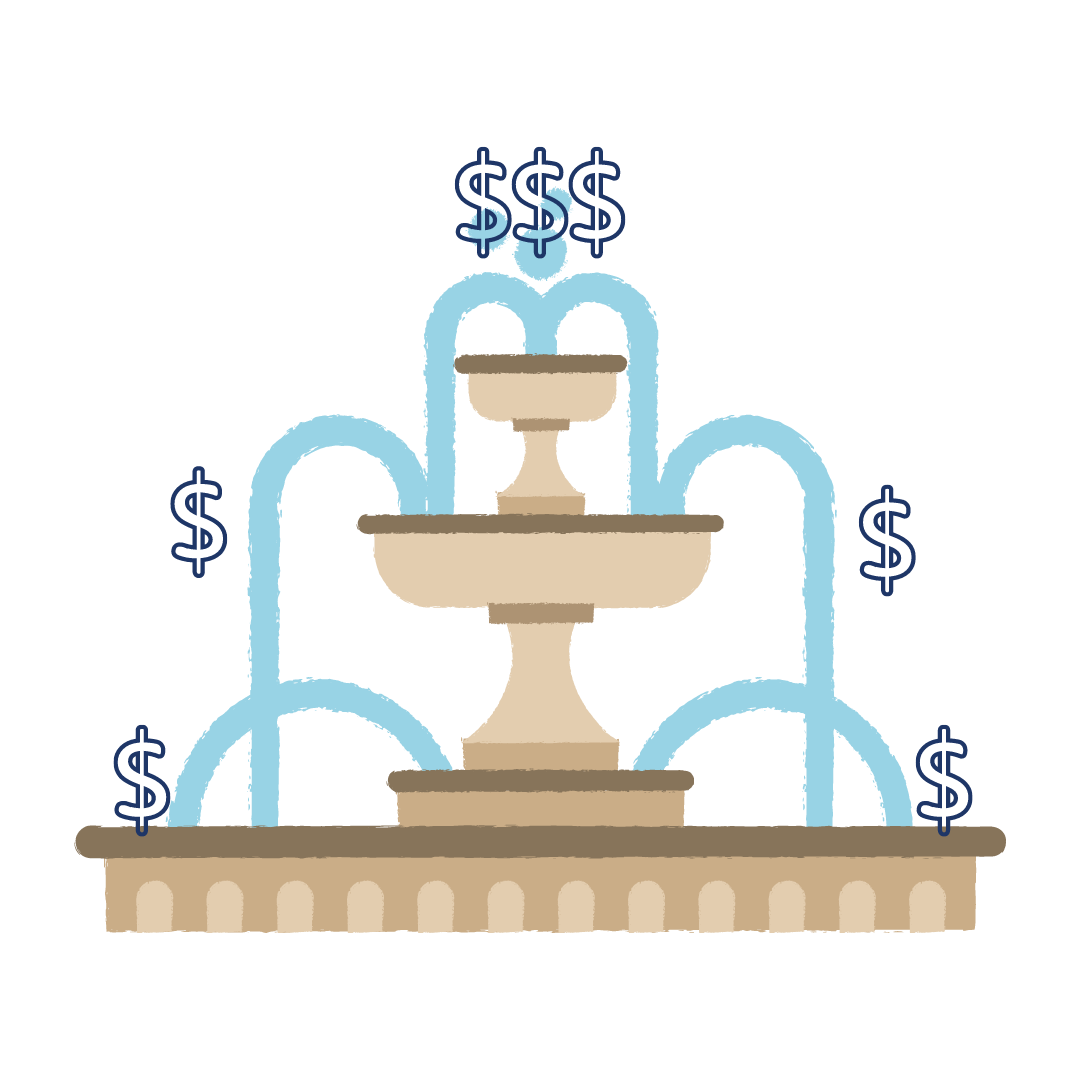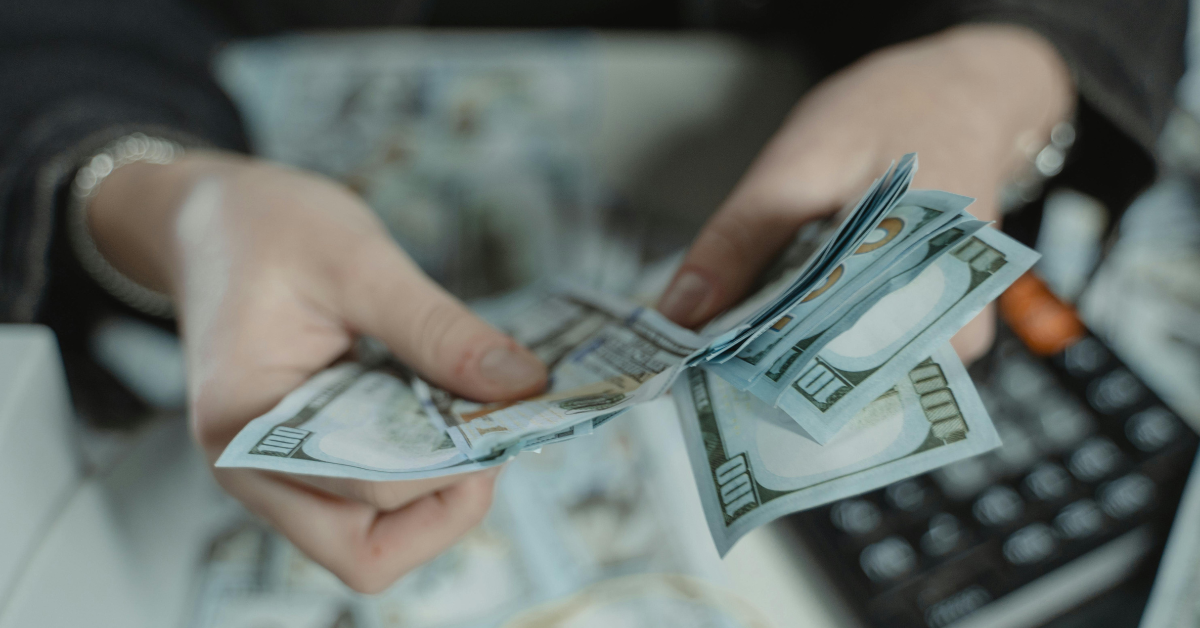Economics is a fascinating field that explores the production, distribution, and consumption of goods and services. Economics helps us understand the complex mechanisms that drive economic growth, wealth distribution, and societal well-being. One concept that has garnered significant attention and debate for decades is “trickle-down economics.”
Too Long; Didn’t Read

- Trickle-down economics is a macroeconomic theory that suggests reducing taxes on businesses and wealthy individuals will stimulate economic growth, ultimately benefiting the working class and middle class through increased job opportunities and higher wages.
- Some experts have found that tax cuts for the wealthy lead to further concentration of wealth at the top.
- A recent study by the London School of Economics found that unemployment rates and GDP per capita were nearly identical across countries that did and did not slash taxes on the rich.
- Critics of this trickle-down theory argue that alternative approaches, such as investing in education, infrastructure, and social programs, may be more effective in boosting economic growth and improving the living standards of the working class and middle class
What is Economics?
Economics is a broad discipline that studies how individuals, businesses, governments, and nations allocate and utilize scarce resources to satisfy their unlimited wants and needs. It encompasses various aspects of production, distribution, consumption, and the management of goods and services.
Microeconomics
Microeconomics focuses on the behavior and decision-making of individual economic units, such as households, firms, and consumers. It analyzes factors like supply and demand, pricing mechanisms, market structures, and consumer preferences.

Macroeconomics
Macroeconomics, on the other hand, deals with the study of entire economies, including national income, employment, inflation, economic growth, and international trade. It examines the interplay between various economic indicators and the role of government policies in influencing economic outcomes.
When it comes to trickle-down economics, we are looking from a macroeconomics lens.
What Is ‘Trickle-Down Economics’
Trickle-down economics, also known as “supply-side economics” is a theory that suggests that reducing taxes on businesses and wealthy individuals will stimulate economic growth, ultimately benefiting the working class and middle class through increased job opportunities and higher wages.
The Promise of Trickle-Down Economics

Proponents of trickle-down economics argue that by lowering taxes on businesses and the wealthy, they will have more disposable income to invest in their companies, expand operations, and create new jobs. This, in turn, is expected to lead to increased productivity, higher corporate profits, and a stronger economy overall. The promised benefits for the working class and middle class include more job opportunities, higher wages, and improved living standards.
The Debate Around Trickle-Down Economics
Despite the promises of trickle-down economics, there has been ongoing debate and criticism regarding its effectiveness and impact on different socioeconomic classes.
Criticisms of Trickle-Down Economics
Critics of trickle-down economics argue that the benefits of tax cuts for the wealthy and corporations do not necessarily “trickle down” to the working class and middle class as promised. Some of the main criticisms include:

1. Wealth Concentration: Some experts have found that tax cuts for the wealthy lead to further concentration of wealth at the top, exacerbating income inequality and widening the gap between the rich and the poor.
2. Inadequate Job Creation: Studies found that most businesses don’t reinvest their tax savings into expanding operations and creating new jobs. They may instead choose to increase dividends, buy back shares, or engage in other activities that do not directly benefit the working class and middle class. A recent CBS News article shares a study that found “per capita gross domestic product and unemployment rates were nearly identical after five years in countries that slashed taxes on the rich and in those that didn’t.”
3. Disproportionate Benefits: The benefits of trickle-down economics tend to disproportionately favor the wealthy and corporations, while the working class and middle class may see little or no tangible improvements in their economic well-being.
4. Timing and Economic Conditions: The effectiveness of trickle-down economics may depend on the specific economic conditions and timing of implementation. During times of economic downturn or recession, tax cuts may not necessarily lead to increased investment and job creation, as businesses may prioritize cost-cutting and preservation of cash reserves.
5. Alternative Approaches: Critics argue that alternative approaches, such as investing in education, infrastructure, and social programs, may be more effective in boosting economic growth and improving the living standards of the working class and middle class.
Historical Evidence and Ongoing Debate

The debate around trickle-down economics is not new, and its effectiveness has been a point of contention for decades. Supporters often point to periods of economic growth and job creation following tax cuts, while critics argue that these gains were temporary or disproportionately benefited the wealthy.
The Importance of Ongoing Research and Debate
Economists, policymakers, and researchers strive to analyze real-world data, conduct empirical studies, and critically examine the underlying assumptions and potential impacts of trickle-down economics.
This ongoing scrutiny and debate are essential for refining economic theories, identifying potential flaws or limitations, and proposing alternative approaches that better address the needs and challenges of different socioeconomic groups.
Conclusion
Trickle-down economics remains a controversial and hotly debated topic, with proponents arguing for its potential to stimulate economic growth and create job opportunities, while critics point to potential shortcomings and uneven distribution of benefits. Ultimately, the effectiveness of trickle-down economics depends on various factors, including the specific economic conditions, the implementation of policies, and the broader economic and social context. As with any economic theory, it is crucial to approach this with a critical eye, consider empirical evidence, and the potential impacts on different socioeconomic classes.




